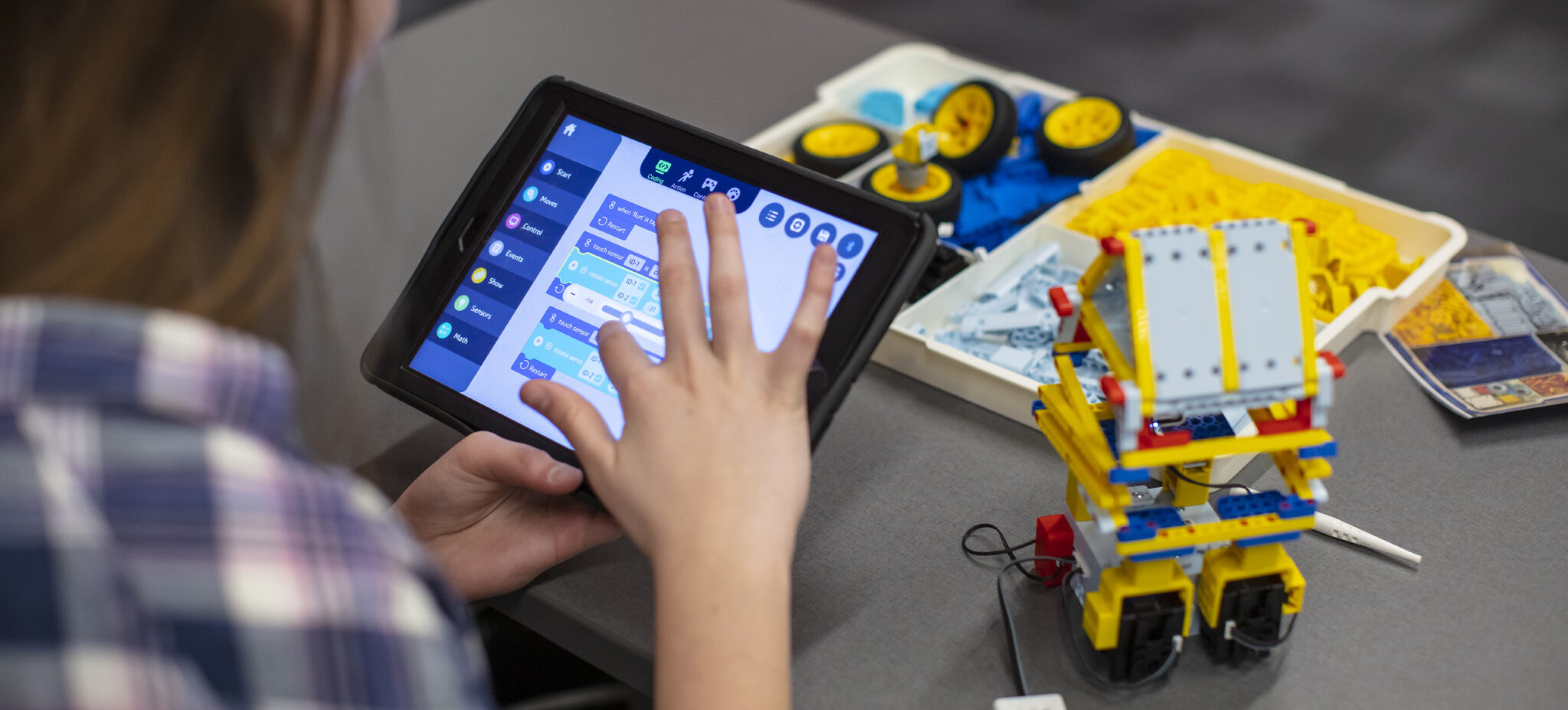Demystifying AI Education
Once a distant idea aimed for the future, AI is now embedded in almost everything we do. On the surface this may seem like a great leap forward for society, but what does this mean for educators? According to The AI Education Project, “K-12 educators and administrators feel a mix of curiosity and apprehension about integrating artificial intelligence (AI) into the classroom.”
Additionally, the organization’s Pulse Survey Report, which surveyed over 1000 educators and administrators, highlighted the vital need to provide teachers with guidance as AI literacy programs are adapted. That said, the key to these initiatives’ success is supporting educators throughout this process. Between managing students and developing lesson plans, teaching AI may not seem like a priority. Plus, some may question, “Does AI literacy even apply to those outside of STEM careers?”

4 Common Misconceptions of AI Education
Misconceptions such as these highlight the importance of demystifying AI education. Let’s face it; AI isn’t going anywhere, and its concepts are important for everyone to understand— especially the future workforce. Implementing AI literacy into the curriculum prepares students for a world shaped by technology.
Myth: You Need Advanced Coding Skills to Teach AI
Reality: Contrary to popular belief, students and educators don’t need to be coding wizards to understand AI concepts or implement them. Many platforms, such as uCode, offer visual or block coding environments, making programming accessible and easy to learn at all skill levels. Additionally, these environments aren’t limited to simple drag-and-drop programming. Some enable AI experimentation directly with capabilities such as model training and object recognition.

Myth: AI Literacy Can’t Be Integrated Across Subjects
Reality: This misconception has the impact of straining students’ perception of how AI impacts the world. The California Department of Education states, “Educators and students who build skills in understanding how AI systems work are essential for equipping them with the skills and knowledge needed to navigate the digital landscape responsibly, think critically, and thrive in a technology-driven future.” AI technology is being used in a wide range of industries and it’s vital not to limit AI’s applications to STEM-related subjects only.
Myth: AI Should Only be Taught in High School or College
Reality: With various options for curriculum, AI principles can be understood by students at any grade level. Showing younger students how AI systems are already embedded in their everyday lives is a great start to introducing them to key principles. For example, this includes voice assistants or their navigation phone apps.
Myth: AI Education is Purely Technical and Lacks Creativity
Reality: Though STEM has a reputation for being technical, it can be fun! Look around you— AI is being used for art, music, and entertainment every day. For example, educator, Kristy Schneider and her students used their UKITs to create animatronics. Students selected a stuffed animal to upcycle and replaced the stuffing for the UKIT robots. They then wrote scripts and programmed the DIY animatronics, turning their AI projects into a performance.
“The lessons that I’ve developed incorporate technology, art, drama, music, and videography. Students have increased their building, programming skills, and problem-solving skills,” said Schneider.
Examples such as this showcase that using AI for creativity is an opportunity to think outside the box.

AI Education doesn’t need to be intimidating if educators are well-informed and receive the support they need to be successful. Though misconceptions such as those listed above are common, they lead to missed opportunities and hinder AI literacy in students. Debunking these myths brings us one step closer to preparing students for a technological world.